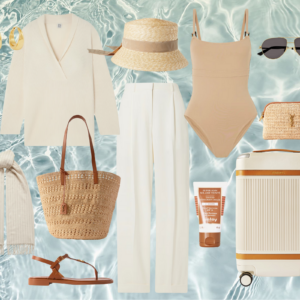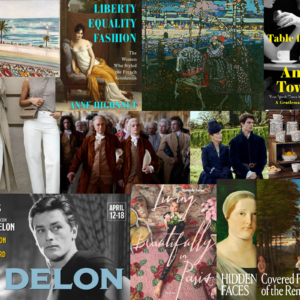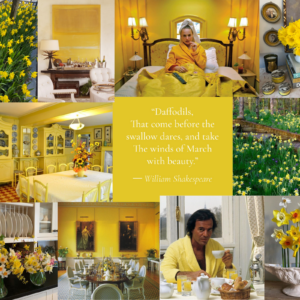The Chicest Garden and Guesthouse
by habituallychic
07 . 21 . 20
If you don’t subscribe to The Bulletin from Schumacher, you are missing out. Luckily, some stories can be found online like the wonderful feature on the chic garden and guest house of designer Stephen Sills in Bedford, New York. I forgot how much I appreciate the elegant and impeccable style of Stephen Sills. His work is a master class on how to edit and decorate with antiques both inside and out.
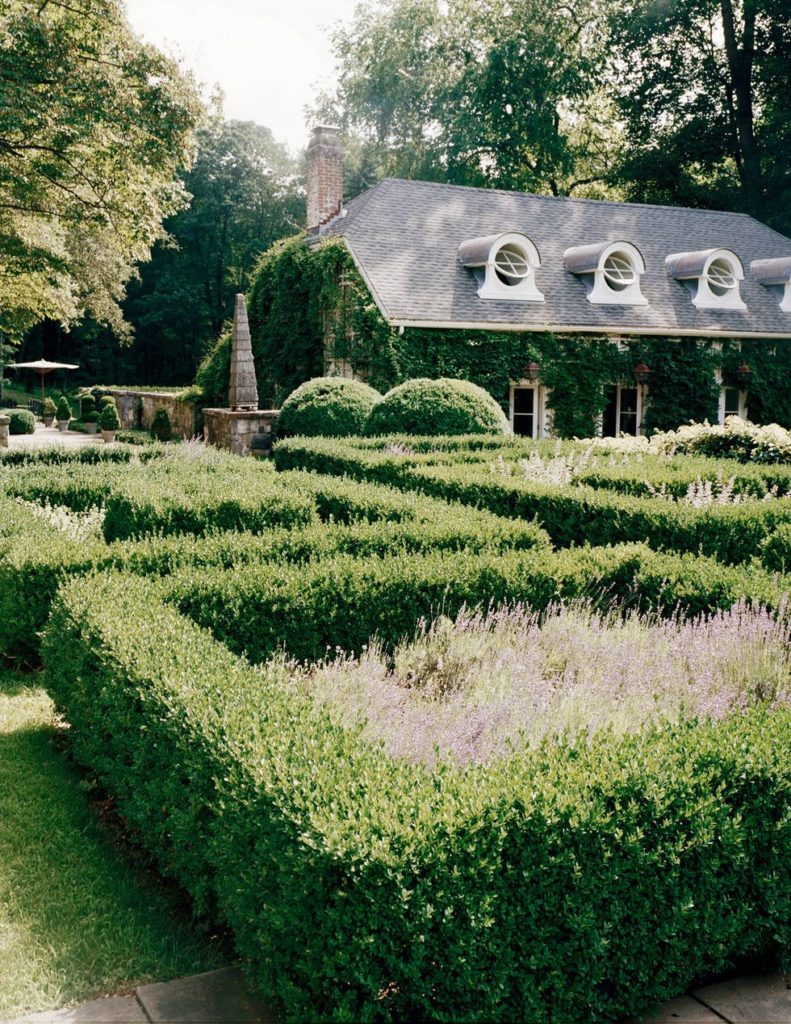
“The guesthouse was a falling-down garage with a tree growing through it when I first discovered it but there was an instant magical quality about it,” he said of the four-bedroom, 2,500-square-foot outbuilding behind the parterre. Sills bought Hi-Low Farm, his 22-acre estate in Bedford, New York, 25 years ago, when the entire dilapidated property was in bank foreclosure. The porthole windows of the guesthouse were inspired by David Hicks’s house in the South of France and has seen a few incarnations and design experiments.

The property originally belonged to Helen Morganthau Fox, a celebrated horticulturalist and writer, who planted the specimen trees—juniper, oak, elm and hickory—that serve as a privacy screen. Fox is the one who dubbed the place High and Low Farm, to “express my successes and failures, the hilly land, the high trees and the low herbs,” she wrote in her memoir, Adventure in My Garden.

Sills introduced just about all the stonework that gives the sloping landscape its definition.
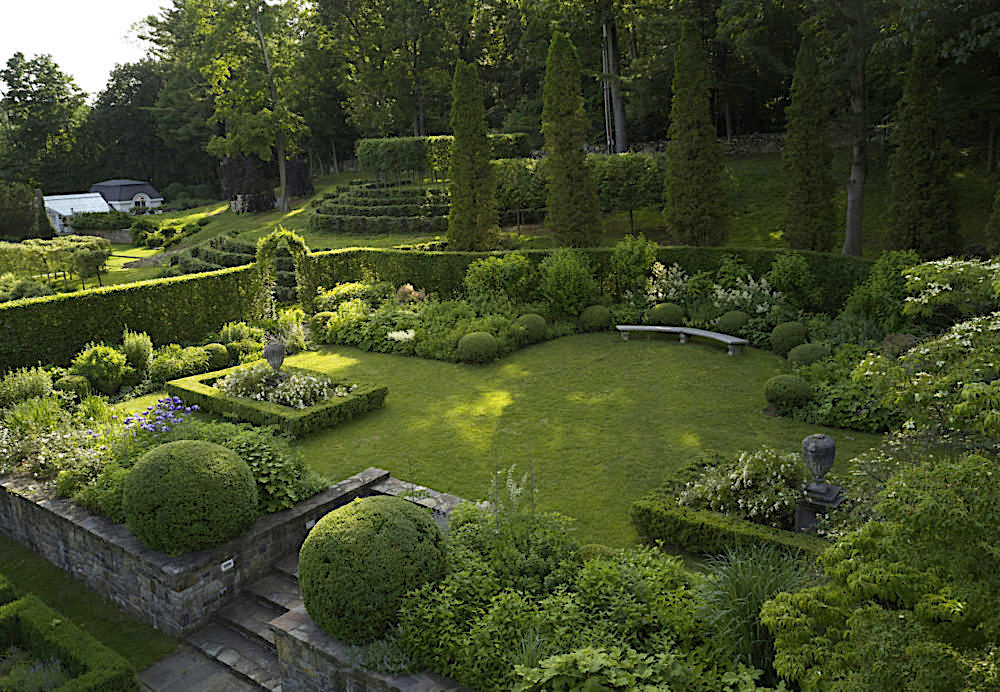
For Sills, “gardening is akin to decoration. ‘I build rooms and spaces and fit them together,’ he told Schumacher.
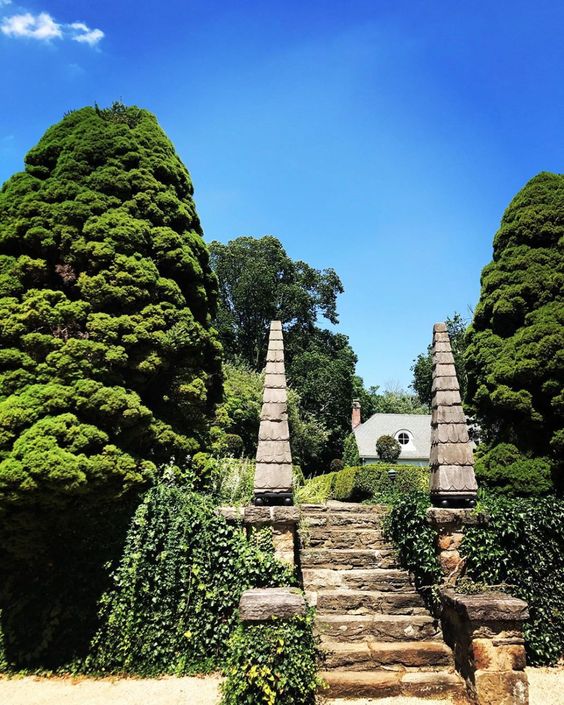
A recent Instagram photo of the garden by James Reginato who worked on the book Stephen Sills: Decoration.

Another Instagram photo of the garden by James Reginato.
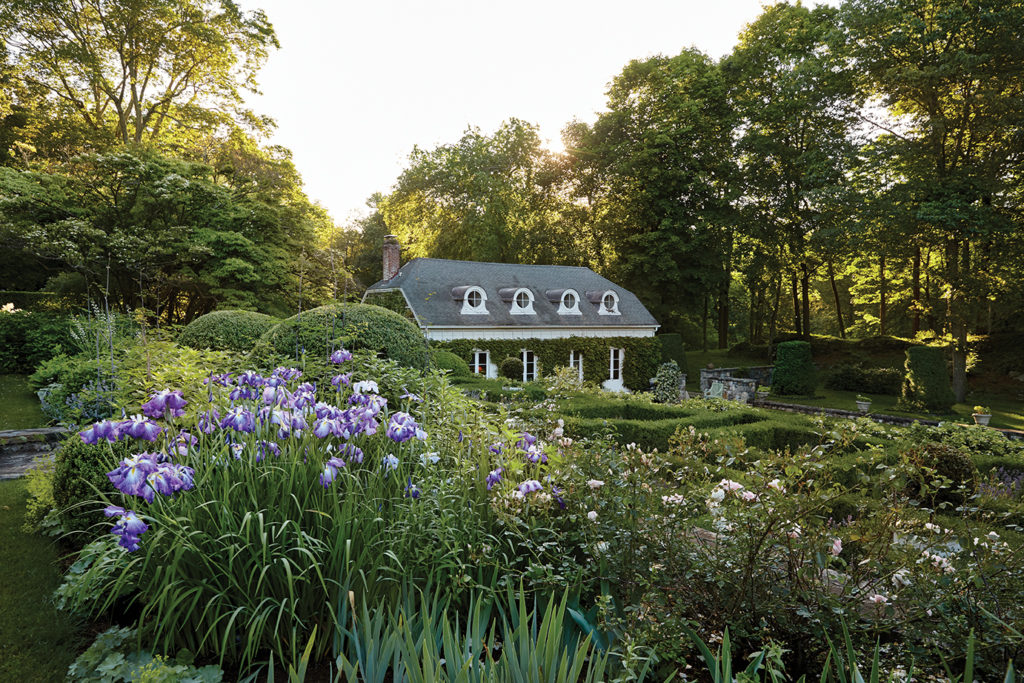
The guest house viewed from the upper garden, with Siberian irises in the foreground. Siberian irises in the upper flower garden overlooking the parterre. “This is mostly a green garden,” says Sills. “I don’t like multicolors here. The flowers are white, pale pink, lavender, and violet with lots of greens.”
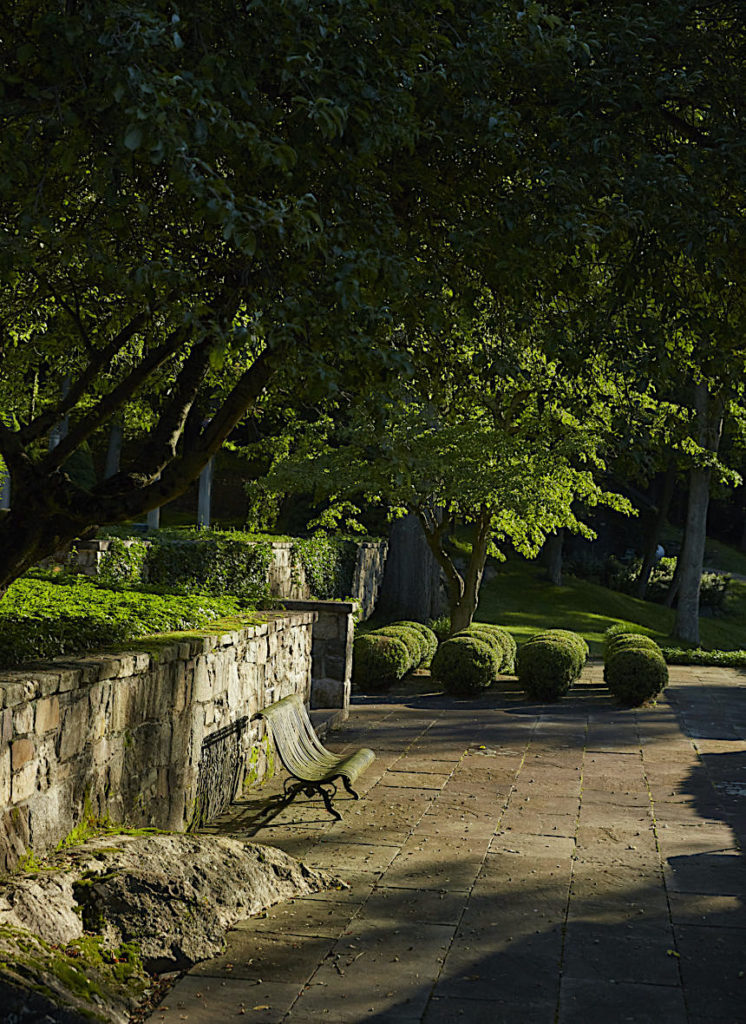
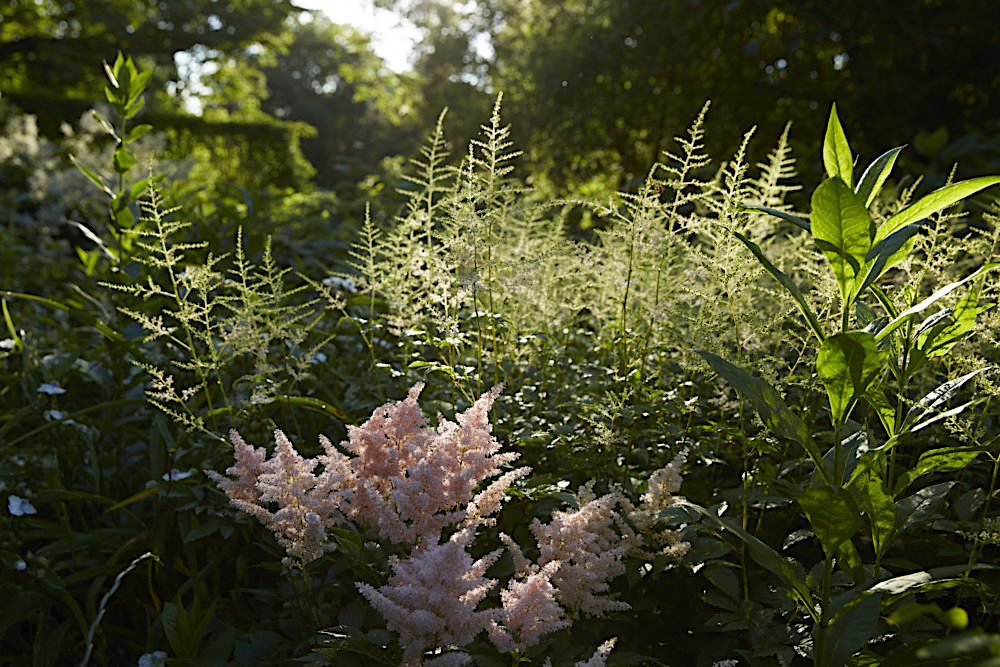

Astilbe in bloom along the garden’s perimeter.
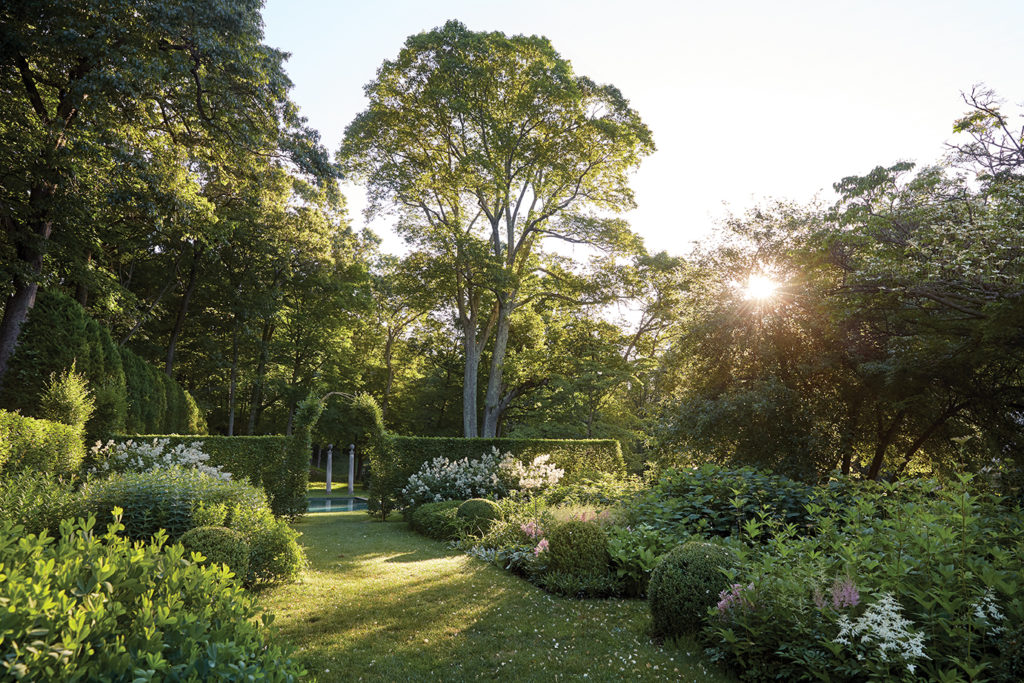
The archway at the end of the mown path leads to the pool.
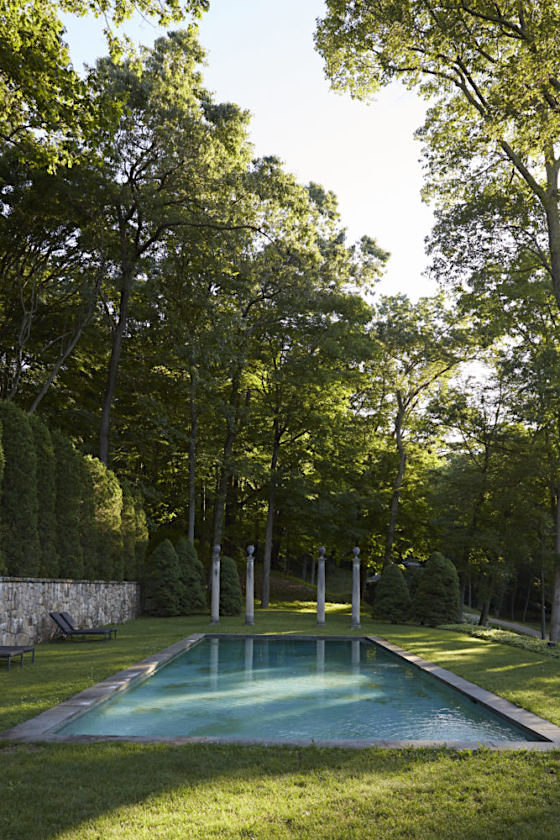
“On summer weekends, while guests lounge in hooded outdoor chaises, you can find Sills weeding, trimming and deadheading. There are upper and lower “rooms” in the terraced garden, and much to behold: espaliered dwarf trees with white-painted trunks, brush cherry topiaries, a pond with a shooting fountain, a restored 19th-century greenhouse and a pool big enough for swimming laps.”
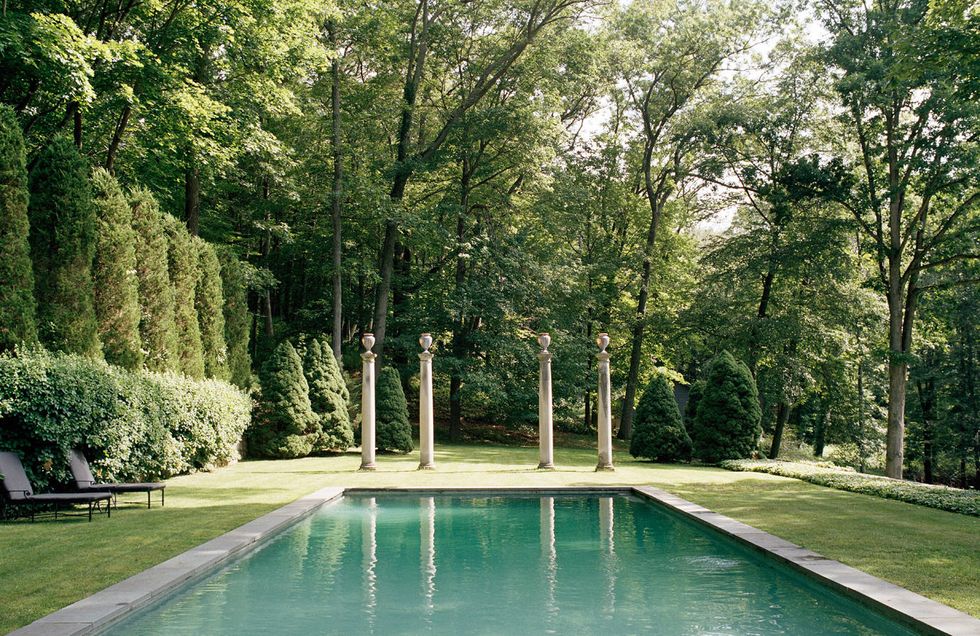
The American limestone columns were found at Michael Trapp in West Cornwall, Connecticut, and provide the visual focal point at the edge of the swimming pool. The lounge chairs are from Brown Jordan.

“Looking from the guest house to the main house across the parterre—planted with box hedges and lavender—which separates the two buildings. The topiaries are potted brush cherries and move to the greenhouse for the winter.”

Asian boxwoods line a garden path.
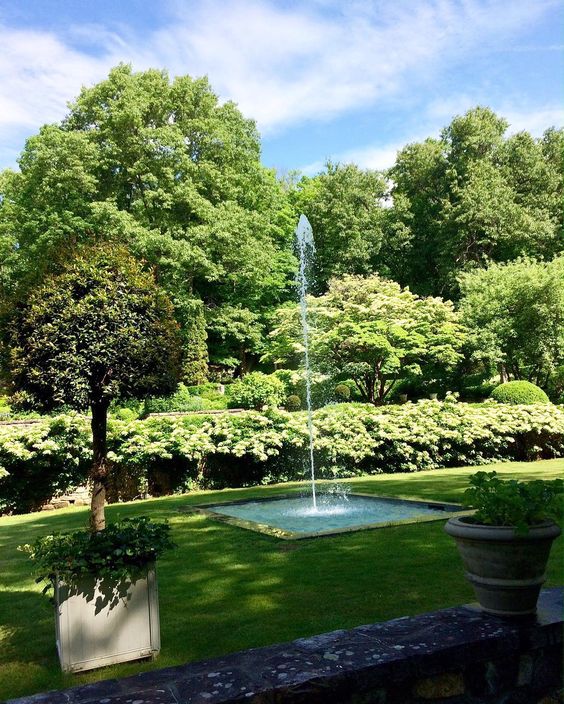
“Sills says he relates to the layered meaning, and likes to think Fox would approve of the garden’s evolution. An abundance of stonework, pleasingly patinated, gives shape to the green-on-green landscape. There are flowers, too—Siberian irises, lavender, snowdrift roses—but they’re not allowed to run amok.”
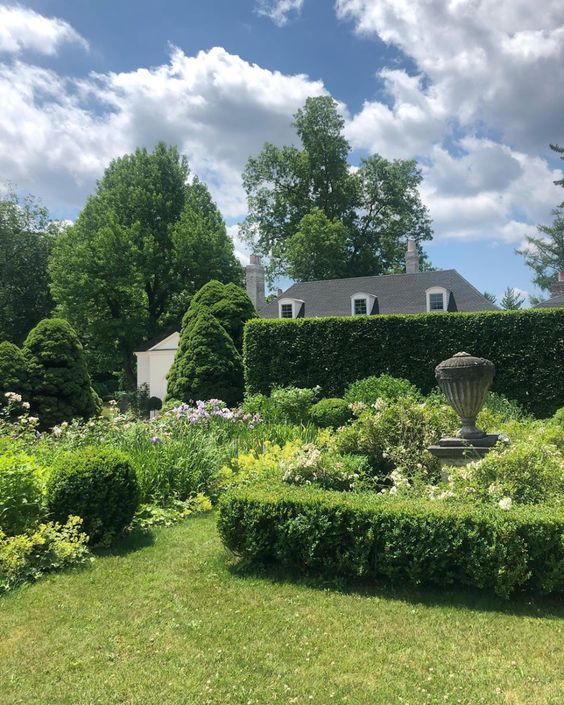
“Gardening for me is about creating structure and visual sculpture—it’s exterior decoration,” says Sills. As with his interiors, his gardens have classical European lines, and it’s not surprising to hear that he designs his plantings from the indoors out. Every window in both houses looks onto a composed garden still-life.”
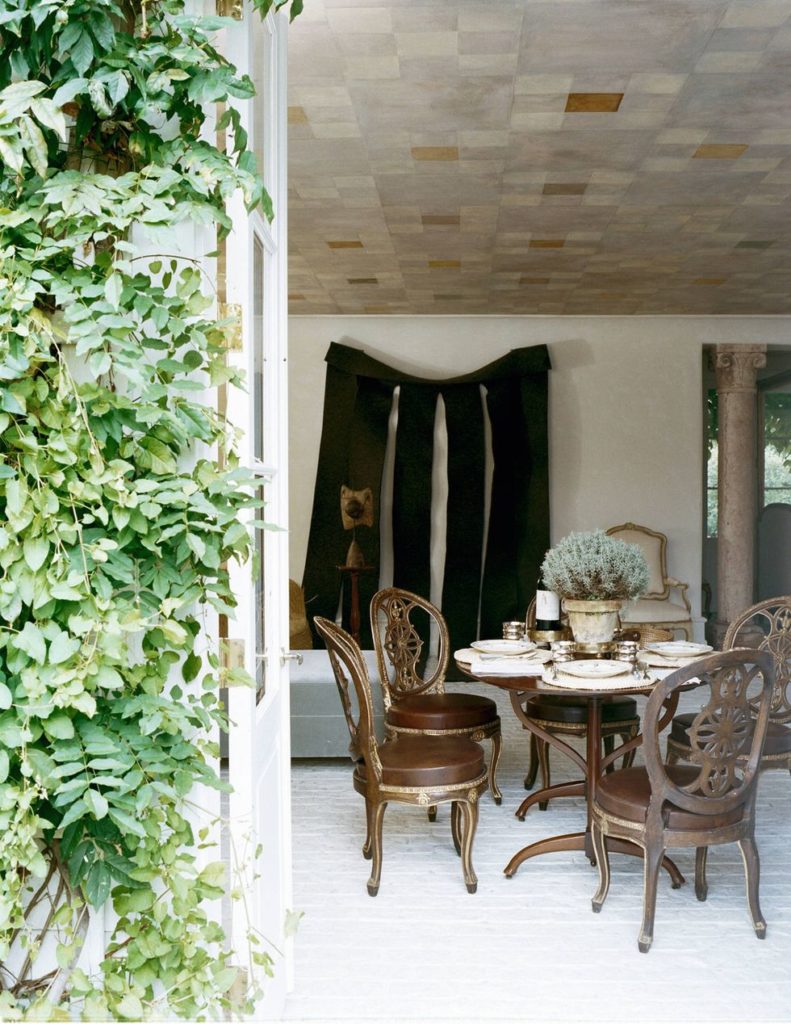
Sills placed 18th-century English grotto furniture alongside Louis XVI chairs with Bergamo slipcovers. A gilt Régence sofa found in Belgium and a pair of 18th-century gilt Roman chairs complete the seating area, with its Chinese Qianlong Period blue floor vases.
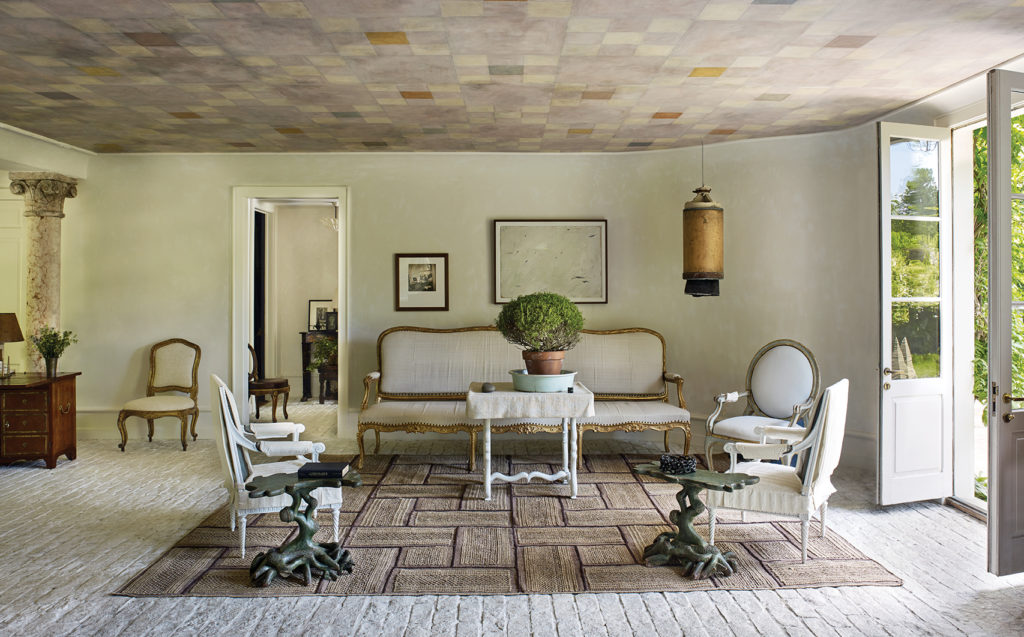
“The living area of the guest house, with a ceiling covered in painted canvas and a pair of 18th-century grotto tables that came out of Kew Gardens in London.”

Columns from the Hearst Castle in San Simeon create a space for a Louis XVI bed purchased in London in 1980; antique linens are combined with a Pratesi bedspread and a footstool from a flea market in Paris; a Jean-Michel Frank lamp sits on top of a Régence side table from the Garrick Stephenson sale at Christie’s in 1993.

“I wanted to make a cozy, comfortable place, but nothing sweet or sentimental,” Sills says. The hand-painted canvas ceiling was inspired by Pauline de Rothschild’s patterned tiled floor at Château Mouton Rothschild. The floors are made of Canadian marble blocks and painted white, while two shades of tinted plaster were used on the walls. “I wanted to make a sort of nebulous, modern background and put beautiful objects in here, because I love objects. I think objects are the things in decoration that make a room.” The Robert Morris felt sculpture was brought in to add “visual clarity,” Sills says. “You know, this object was made in the ’60s, and it is still so startling when you see it.” The Spanish lantern, made from an old sugar container and the belts of soldiers from the Spanish-American War, was purchased at Art Basel. The 18th-century Italian round-back chairs were bought 25 years ago at Sotheby’s, while the contemporary straw chair, made by a young Korean artist, was discovered at the last booth at a furniture fair in Paris. A pair of English twig tables, initially passed over at a gallery on Pimlico Road because they were too expensive, turned up at a modest English furniture sale in New York. And a long-sought-after 19th-century French wine-tasting table that once belonged to Christian Dior was found at Jean-Paul Beaujard in Paris.
Via Town & Country
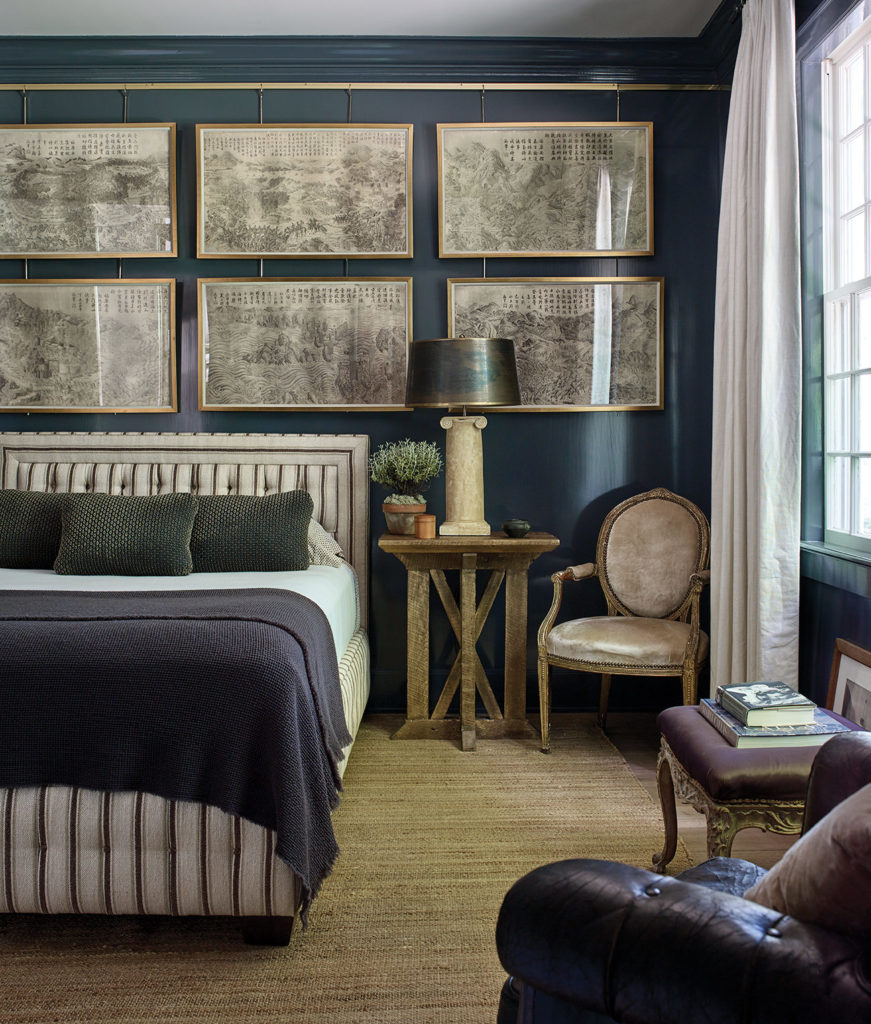
“A bedroom in the guest house is lacquered in a deep blue-grey and hung with antique Chinese prints. Sills designed the bedside table after being inspired by a Roman railing he spotted on TV.”

The entrance to the potting shed and greenhouse.
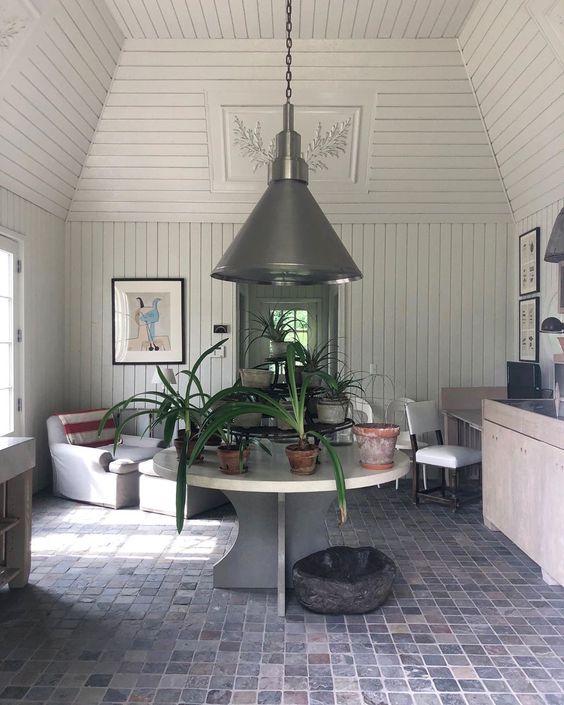
“It’s funny with objects. If you’re really passionate, and you really understand your sensibility, and you’re patient, they will come to you,” Sills says. “That’s what I love about the magic of objects. You never really own anything in this world, but you can be lucky enough to possess something for a time, and enjoy it, and then it goes on to another person to enjoy.”
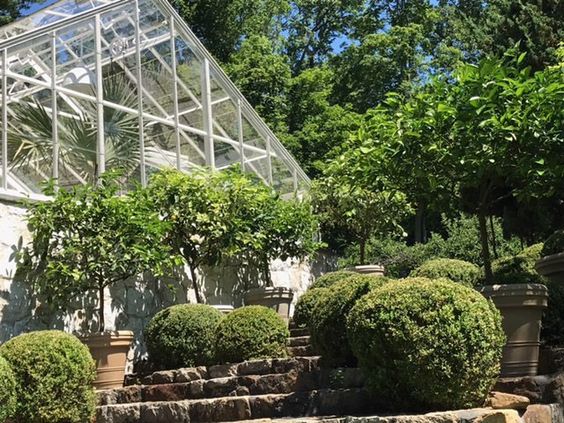
A 1910s greenhouse from an arboretum in Boston has been placed among the specimen trees.
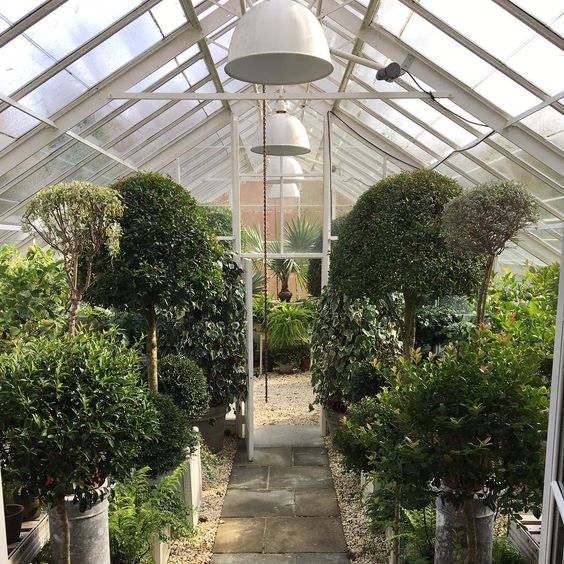
“Working in the Greenhouse – I hope everyone is keeping busy as best they can in these uncertain times- I think it’s the perfect medicine.”
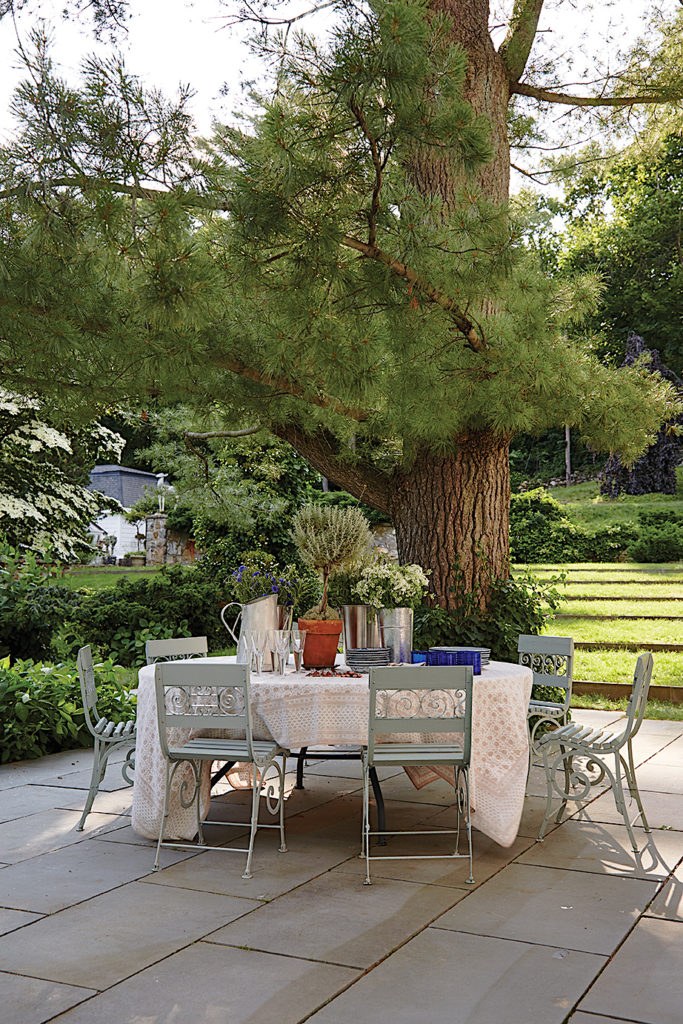
“An old white pine shades the terrace behind the main house. Sills picked up the 19th-century French garden chairs at the Pierre Bergé estate sale two years ago.”

“Sills wasn’t a practiced gardener when he arrived at High and Low, and has learned as he goes—by studying the great estates of Italy and France firsthand, and buying plants that catch his eye and seeing how they fair. He keeps his full-time gardener very busy. The 22-acre spread will never be done, nor would Sills ever want it to be—when he completes one part, it’s time to go back and build or start afresh on something else.”
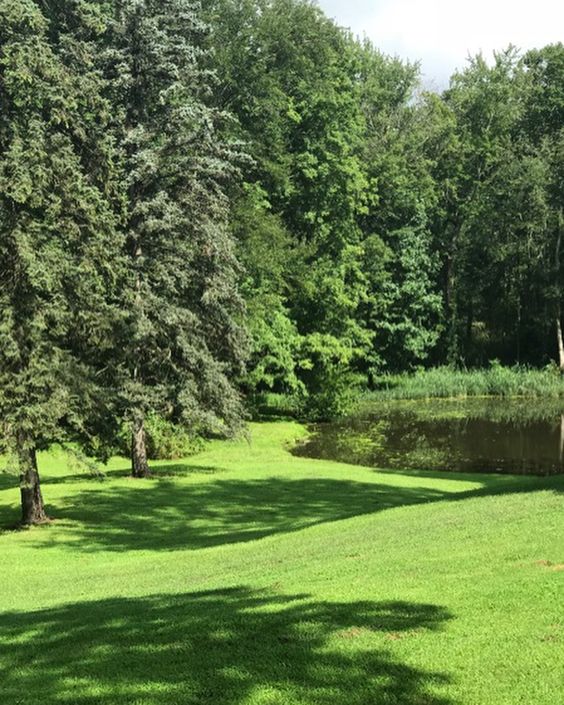
Photos by Francesco Lagnese for Schumacher and Francois Halard for Town & Country.

